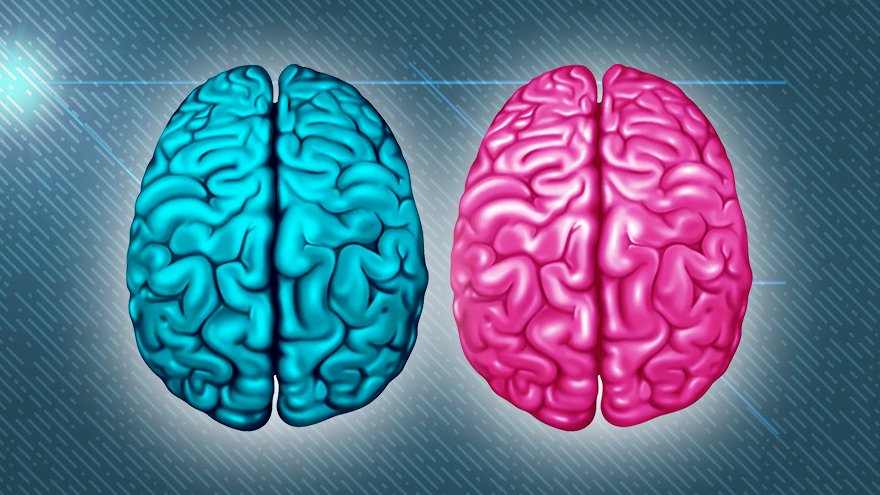Researchers have long recognized that the sex chromosomes with which one is born play a pivotal role in determining the hormonal cocktail the brain is exposed to throughout life, but experts have largely been unable to connect sex to concrete differences in the human brain. A new study, however, has begun to shed light on this issue. Findings in a landmark study conducted by Stanford Medicine researchers have made significant strides in clarifying the existence of sex differences in the human brain. The study also suggests that understanding these differences could be critical to addressing conditions that impact men and women differently. “A key motivation for this study is that sex plays a crucial role in human brain development, in aging, and in the manifestation of psychiatric and neurological disorders,” Vinod Menon, PhD, professor of psychiatry and behavioral sciences and director of the Stanford Cognitive and Systems Neuroscience Laboratory, said in a press release about the research. “Identifying consistent and replicable sex differences in the healthy adult brain is a critical step toward a deeper understanding of sex-specific vulnerabilities in psychiatric and neurological disorders.” Published on Feb. 19 in the peer-reviewed journal Proceedings of the National Academy of Sciences, the research employed cutting-edge artificial intelligence (AI) techniques alongside extensive datasets to develop a sophisticated neural network model capable of classifying brain imaging data with remarkable accuracy. When shown dynamic MRI brain scans and told that it was looking at a male or female brain, the AI model began noticing subtle patterns distinguishing between the two. Tested on approximately 1,500 brain scans, the AI demonstrated a high degree of accuracy in determining the sex of the individual, challenging previous assumptions about the detectability of such differences. Researchers say the success of the study suggests that detectable sex differences do exist in the brain, but simply haven’t been picked up reliably before. “This is a very strong piece of evidence that sex is a robust determinant of human brain organization,” Menon said. The research team also developed a secondary model that could predict outcomes of behavioral tasks based on sex-specific brain features, revealing that these brain differences have significant implications for behavior. “These models worked really well because we successfully separated brain patterns between sexes,” Menon said. “That tells me that overlooking sex differences in brain organization could lead us to miss key factors underlying neuropsychiatric disorders.” This breakthrough adds a crucial piece to the puzzle of human brain development and its susceptibility to mental health conditions, suggesting that a deeper exploration of sex differences could potentially pave the way for more personalized and effective treatments.The question of whether an individual's sex has a tangible impact on brain functionality has sparked considerable debate.
Investigators noted that the study did not test whether sex-related differences arise early in life or may be driven by hormonal differences or societal circumstances men and women could potentially encounter.
Health /
New Study Shows Male and Female Brains Work Differently
'This is a very strong piece of evidence that sex is a robust determinant of human brain organization' study's author says

*For corrections please email [email protected]*
